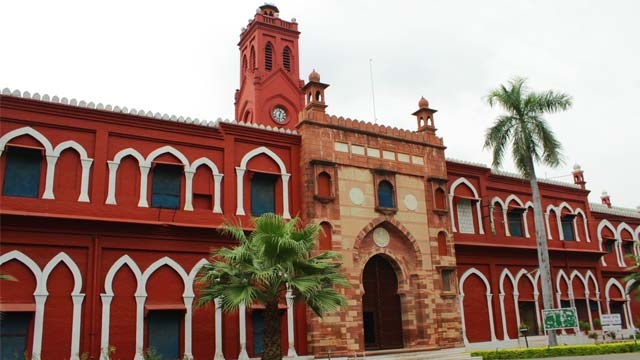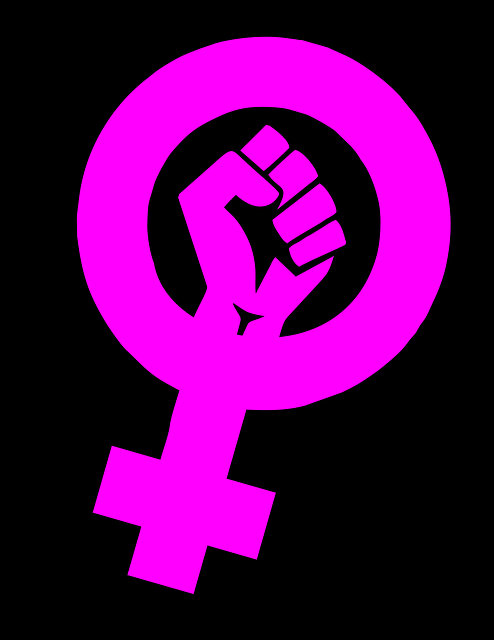
Feminism arose as a counterpose to patriarchy. Dalit feminism can presuppose both Dalit patriarchy and ‘Brahmin’ feminism. Before we venture into defining Dalit patriarchy we must be clear about what patriarchy is and how does it sustain. Sans theoretical sophistication, patriarchy is a social institution benefiting men and harmful to women. Counterposing this, feminism is an ideology/movement that stands for women’s rights
Applying caste framework we have got Dalit patriarchy. But I have not come across so far ‘middle class patriarchy’? It is one thing to say whether patriarchy exist among the Dalit and another to say ‘Dalit patriarchy’. Won’t it be better to examine the quantity and quality of patriarchy amongst the Dalit vis a vis the Brahmin along a continuum rather than simply asking whether patriarchy exist among Dalits or not? If we are to examine the quantity and quality of patriarchy amongst the Dalit then hypothetically we may require something like a patriarchy index. We have to search the manifestation of patriarchy amongst the major social Institutions of the society- religion, law, family. It is the powerful who make these macro social arrangements. This is important because the Dalit men can be patriarchal to the extent allowed by upper castes who can finish it if they so desire.
Religion – One of the major upholder of patriarchy has been and is religion. Eve being created out of Adam gives some sort of legitimacy of the superior position of man in Christianity. In contrast, Hinduism and particularly Manusmriti is blatantly patriarchal.
Dalit can be looked in two ways in India. If they are seen as part of Hindu then whatever patriarchy they will have will be flowing from Brahmin patriarchy. In that case they are victims of Brahmin patriarchy just as the much maligned mother-in-law. On the other hand if they are seen as not part of Hindu, then it will be hard to find the religious and social bases of something called Dalit patriarchy.
Law – The material practice which buttress patriarchy is rules of property inheritance. It is about the law which says that the Karta (legal head) of a Hindu undivided family will be a man. The personal laws of India, based on religion, prescribing discriminatory inheritance are the examples.
If we take religion and law it is easy to see the sustainability of the concept of ‘Brahmin patriarchy’. It has a solid religious-ideological and material basis. But it can become problematic when we say Dalit patriarchy. If Brahmin patriarchy has infected the Dalit, then it still remains Brahmin patriarchy. To call something as Dalit patriarchy there has to be some unique features and not wholesale copy of Brahmin patriarchy. Ambedkar has already pointed out who is likely to copy whom. Dalit have so far imitated dowry and some other practices, but I don’t think they have gone as far as female infanticide and honour killing. They may not have as much son preference neglecting the girl child. They may not be
valuing a man for merely being a man (like that of kulin Brahmin of Bengal historically) and not as a bread earner.
Since religion and law in case of Dalit is heavily Hinduised one can turn to family to see signs of Dalit patriarchy.
Violence in family
If a Dalit man beating his wife qualifies as Dalit patriarchy then a Brahmin treating his wife very well and giving equal property to his daughters can make the claim of Brahmin egalitarianism. But Brahmin patriarchy is something more than instances of good and bad Brahmin. Similarly Dalit patriarchy has to be something more than individual instances of domestic violence by Dalit. When a court orders ‘conjugal rights’ to a man, when the law opines that there can not be a category of crime called ‘marital rape’ then the personal becomes political and legal. Violence and oppression should not qualify for patriarchy so long it doesn’t originate and sustain by social institutions like family, law and religion.
A poor Dalit spending his meagre income on drinking and then the ensuing domestic violence is portrayed as Dalit patriarchy. My guess is that the source of this conflict between spouses is due to poverty rather than drinking or any ideology of Dalit patriarchy. The poor Dalit household has to choose between someone’s drinking and the family eating while an upper caste household does not face this dilemma. Just like the myth that the poor is poor because they don’t do hard work, it is a myth that the poor is poor because of drinking habit. In terms of social mores, women drinking, smoking, moving away with their lover, leaving the husband without any proper divorce procedure- all these have not been so abhorrent amongst the Dalit as among the upper castes.
Division of labour and the double shift – the domestic chores of a Dalit woman can be much less compared to an upper caste woman. They have very small house, very little clothes of the family to wash, very frugal food. The predominant concern is to reduce theses domestic chores to the minimum, work outside and earn the livelihood. If one has the eye one can see children being almost abandoned at the work site by these labouring women.
Sometimes Dalit women working outside in the field unlike their purdah-bound upper caste counterpart is held as a positive thing though it is almost a compulsion. But practically it is during working in the field that the Dalit women face the scourge of upper caste men. In spite of all this, if Dalit men do not actively prevent their women from working in the field in the name of ritual purity then it should be held in their favour because upper caste men sometimes kill their own daughters in the name of ritual purity.
Patriarchy cannot be simply men not cooking and doing domestic chores. It is when men simply relax leaving all hardwork to women. The Dalits do not have property worth speaking of to live off and relax. Inheritance is not a major question. Overall, of course women are likely to be working more than the men. But occasionally men score over. Almost all who die in the sewerage are men. Be that as it may, the real test of patriarchy is the middle class not the poor. It is how you treat women in spite of no adverse circumstances. For many Dalit it is a sort of permanent economic and security emergency. Holding them to the rigour of middle class fine grain egalitarianism in such circumstances is a bit harsh.
Ambedkar said that caste does exist among muslims and Christians in India. But the major difference is that unlike Hinduism their scriptures do not support it. My guess is that patriarchy may be much less amongst Dalits and it will be largely mimicking the Brahmin patriarchy.
Sthabir Khora is a faculty in Tata Institute of Social Sciences. He has recently published a book ‘Caste Reservation, Atrocity Law and Discrimination’.
SIGN UP FOR COUNTERCURRENTS DAILY NEWSLETTER
















































